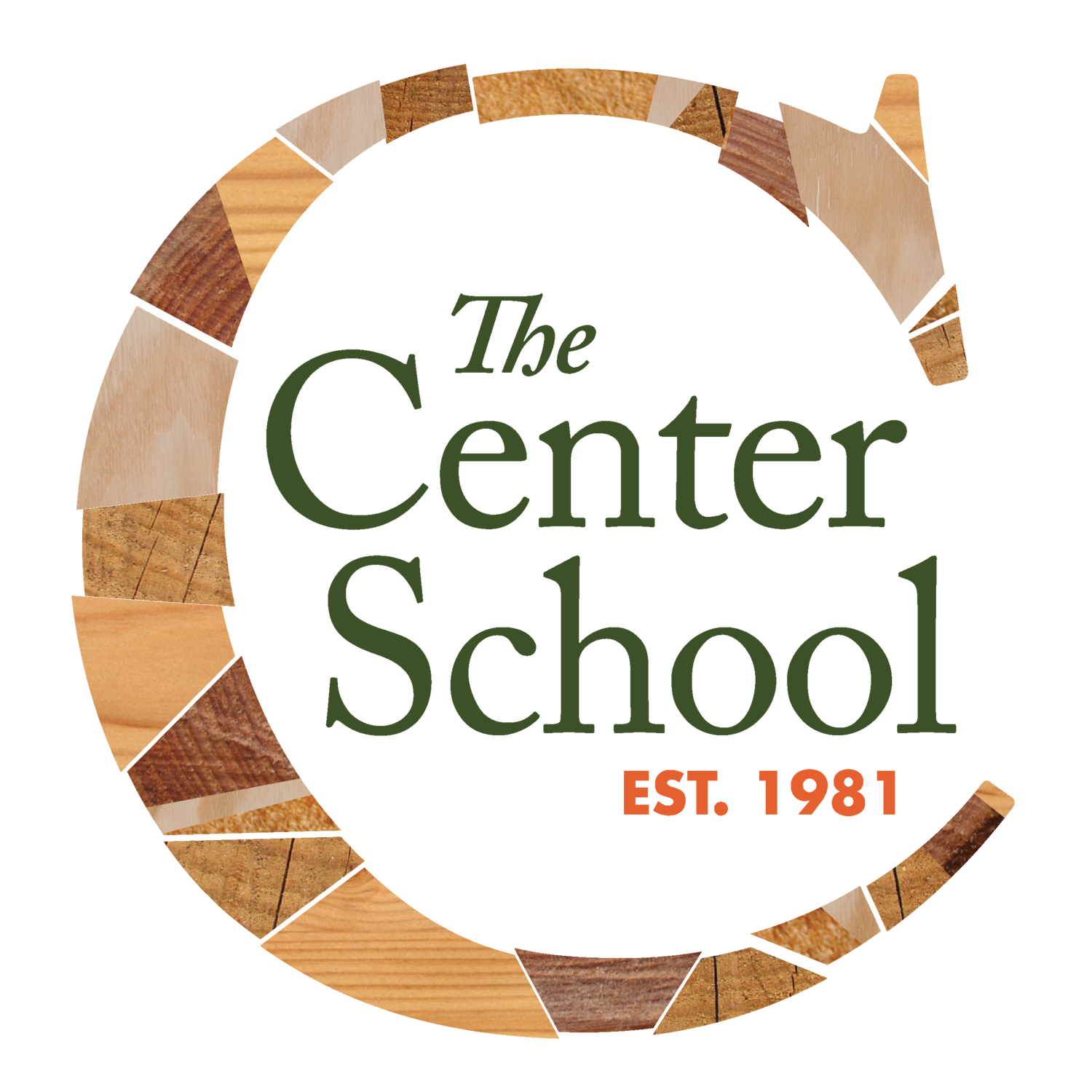Starting the Day With Morning Meeting in the Mups (2nd/3rd)
It is 7:30 am and Olivia and I are sitting in a quiet Mups Orange classroom reviewing our plans for the day. We have been chatting about some ideas for the next Writer’s Workshop unit. The room is warm and bright, a contrast to the cold air and gradually lightening dawn glow just outside the classroom windows. We sip our tea and chuckle as we recall a funny story from the day before. It is a calm and peaceful introduction to the day. The hands on the clock slide toward 8:00, and just like that, the school day begins. The classroom door opens and the energy in the room gently begins to shift as a stream of children trickle in. Each child arrives and knows what to do, working through the morning routines with a clear understanding of the tasks. Quiet subtly and unnoticeably, the noise in the room has begun to grow as all sixteen children have fallen into their morning work routine. The hustle and bustle has arrived and the day is ready to begin.
“It’s time for Morning Meeting”
The start of the day begins every morning, Monday through Thursday, in a circle on the rug for Morning Meeting. In the Mups, Morning Meeting is comprised of six elements - Stretch, Greeting, Sharing, Game, Schedule, and Centering. Morning Meeting is an essential part of the Mups daily routine. Practicing a predictable routine every day helps students feel prepared and at ease. This predictability and routine mirrors the routines that are at the foundation of how the Mups move throughout the school year.
At the beginning of the school year, the teachers model the Morning Meeting routine every day. As the year progresses, each child has their own opportunities to lead Morning Meeting, where they choose the Stretch, Greeting, and Game. Kids who are leading also get to share that day. Students plan ahead by writing down which Greeting and Game they would like to lead on the classroom calendar. This ownership of the activities allows children to begin to see themselves as teachers and leaders.
Stretch
Stretching in the morning is a great way to wake your body up! Many kids in the Mups travel between 15 and 30 minutes in a car. We noticed that when they arrive at school, kids are sometimes groggy from the drive. Stretch allows kids to wake their bodies up. Sometimes the stretch is low-key, like arm circles and neck rolls, while other days, the stretch is more involved, with downward dog and plank poses.
Greeting
Every child deserves to feel seen. It is this thought that propels Greeting. Greeting is a fun way to be sure that every child in the Mups is acknowledged and hears their name every morning. In the Mups, we teach how to greet someone - look at the person you’re greeting, shake their hand firmly but gently, and be sure to say their name. We have lots of fun greetings to choose from in the Mups, and some that are spontaneously invented each year.
Sharing
How do we get to know who someone is, or what they enjoy, outside of school? The Sharing element of Morning Meeting helps kids share something about themselves that we might not normally know. Sharings can be physical sharings or “talk” sharings. During sharing, you tell the group everything you want them to know, then they get to ask questions and comments.
Game
The game is a fun way for kids to laugh and be playful while connecting with one another. Some of the games are collaborative, while other games are more competitive. Some favorite games are Museum, Forget Me Not, and Poison Dart Frog.
Schedule
Many children need to know what their day is going to be like. Going through the schedule every day, even if it is the same as yesterday and the day before, is reassuring and creates a structure that children can rely on.
Centering
Centering is the newest addition to our Morning Meeting routine. We added Centering to the Morning Meeting routine as a way to introduce a mindfulness element to the day. By practicing intentional mindfulness, students learn how to look inside of themselves to find calm and relaxation. Some examples of Centerings that we do in class are bubble breaths, the finger breathing exercise, and guided meditation. Centering helps us prepare our bodies for the day ahead.




